Hybrid vehicles represent a promising evolution in the automotive industry, offering a blend of traditional internal combustion engines with electric propulsion systems to deliver improved fuel efficiency and reduced environmental impact. However, despite their innovative technology and eco-friendly appeal, not all hybrid models have lived up to expectations. In this comprehensive guide, we delve into ten hybrid vehicles that have encountered notable problems, urging potential buyers to conduct thorough research before making a purchase decision.
Chevrolet Volt (2011-2015)
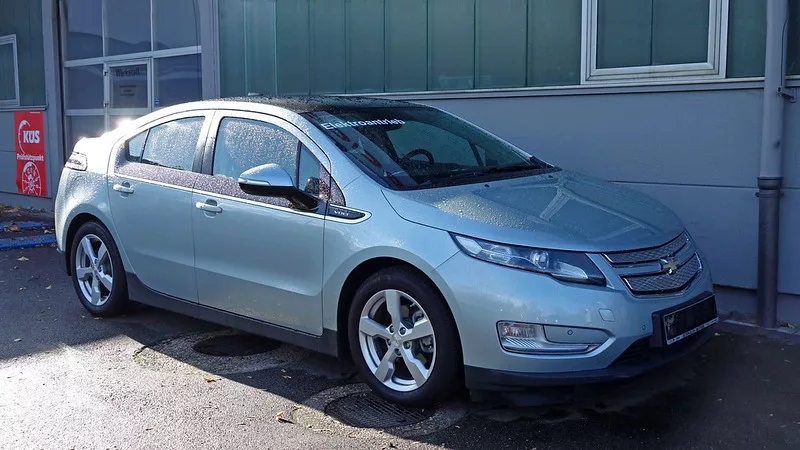
The Chevrolet Volt, introduced between 2011 and 2015, was celebrated as a groundbreaking plug-in hybrid, boasting an electric range that appealed to environmentally conscious consumers. However, beneath its sleek exterior lay a host of issues that tarnished its reputation. From electrical system failures, including reports of burning smells emanating from the battery, to brake malfunctions and engine-related problems, the Volt faced significant reliability challenges. These issues not only raised concerns about safety but also highlighted the complexity of hybrid systems and the potential pitfalls of early adoption.
Ford C-Max Hybrid (2013-2016)
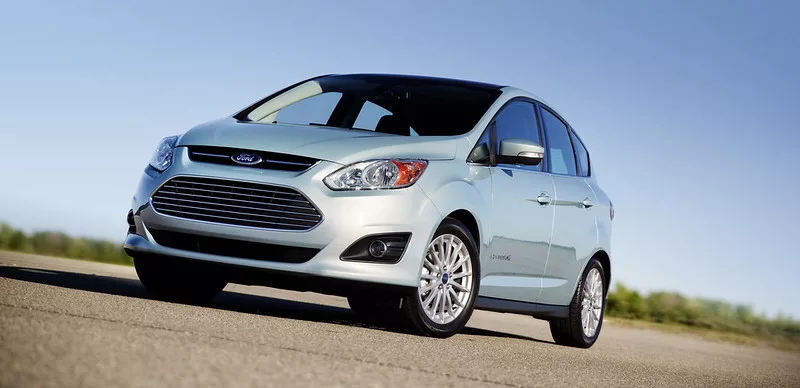
The Ford C-Max Hybrid, available from 2013 to 2016, entered the market with promises of versatility and efficiency. Yet, despite its commendable intentions, it was plagued by persistent electrical glitches and transmission failures that left owners stranded and disillusioned. Reports of sudden shutdowns while driving and safety hazards such as overheating charging cords underscored the importance of thorough pre-purchase inspections and a critical understanding of potential mechanical shortcomings.
Jeep Wrangler 4xe (2021-2022)
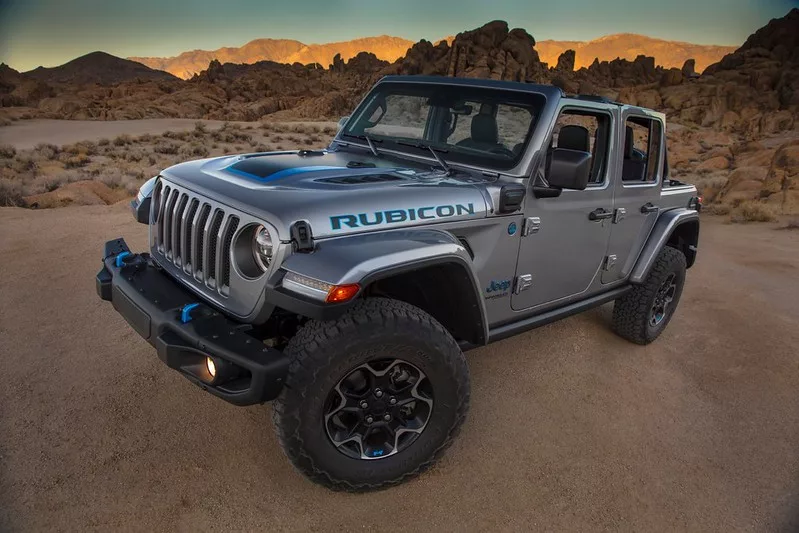
The Jeep Wrangler 4xe, introduced in 2021, blended off-road capability with eco-friendly performance, captivating adventure-seeking enthusiasts. However, its rugged charm was overshadowed by reports of unexpected engine shutdowns and electrical malfunctions, raising doubts about its reliability in demanding terrain. While many praised its prowess over various landscapes, concerns regarding EV mode functionality and steering stabilizer failures highlighted the need for meticulous reliability assessments before venturing into uncharted territory.
Mitsubishi Outlander PHEV (2018-2020)

The Mitsubishi Outlander PHEV, spanning model years 2018 to 2020, positioned itself as a fuel-efficient and eco-conscious SUV. Yet, beneath its eco-friendly veneer lay a series of reliability issues that cast a shadow over its performance. From battery degradation and charging system inconsistencies to transmission irregularities, the Outlander PHEV faced scrutiny from discerning buyers wary of investing in a vehicle fraught with potential mechanical pitfalls.
Cadillac ELR (2014-2016)

The Cadillac ELR, produced between 2014 and 2016, epitomized luxury and innovation in the realm of plug-in hybrids. However, beneath its opulent exterior, owners encountered battery degradation, electrical system malfunctions, and build quality issues that diminished its allure. Concerns about diminished electric range and mechanical defects prompted prospective buyers to question whether its aesthetic appeal justified the potential headaches of ownership.
Hyundai Sonata Hybrid (2011-2012)
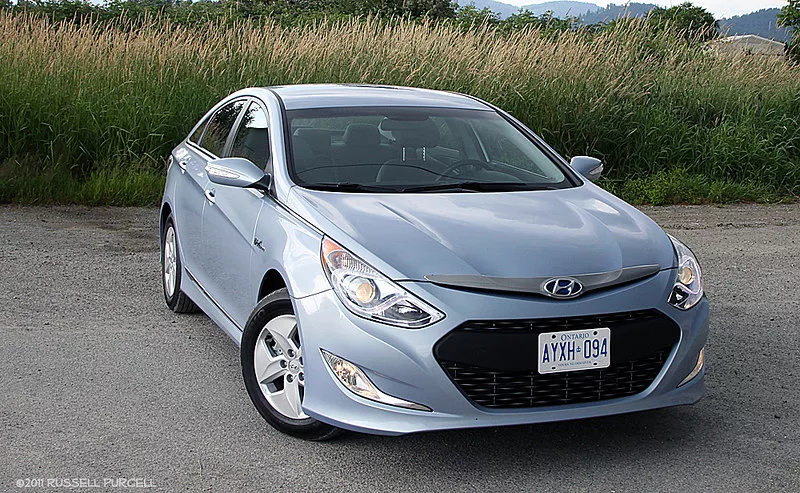
The Hyundai Sonata Hybrid, available from 2011 to 2012, sought to strike a balance between fuel efficiency and comfort. Yet, beneath its unassuming exterior, significant engine failures, transmission issues, and electrical malfunctions lurked, raising doubts about its reliability and long-term viability. From unexpected engine stalls to transmission hesitation, potential buyers were advised to exercise caution and diligence when considering this model.
Infiniti Q50 Hybrid (2014-2018)
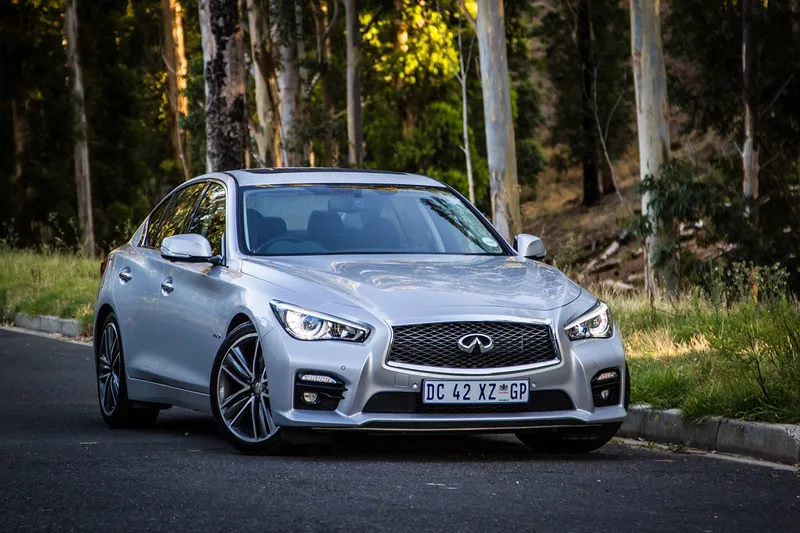
The Infiniti Q50 Hybrid, spanning model years 2014 to 2018, promised performance and eco-consciousness in a sleek package. However, steering and brake failures, infotainment glitches, and battery recalls eroded consumer confidence in its reliability. Safety and reliability concerns outweighed its luxurious appeal, prompting discerning buyers to scrutinize reported issues against performance and design considerations.
Acura RLX Sport Hybrid (2014-2016)
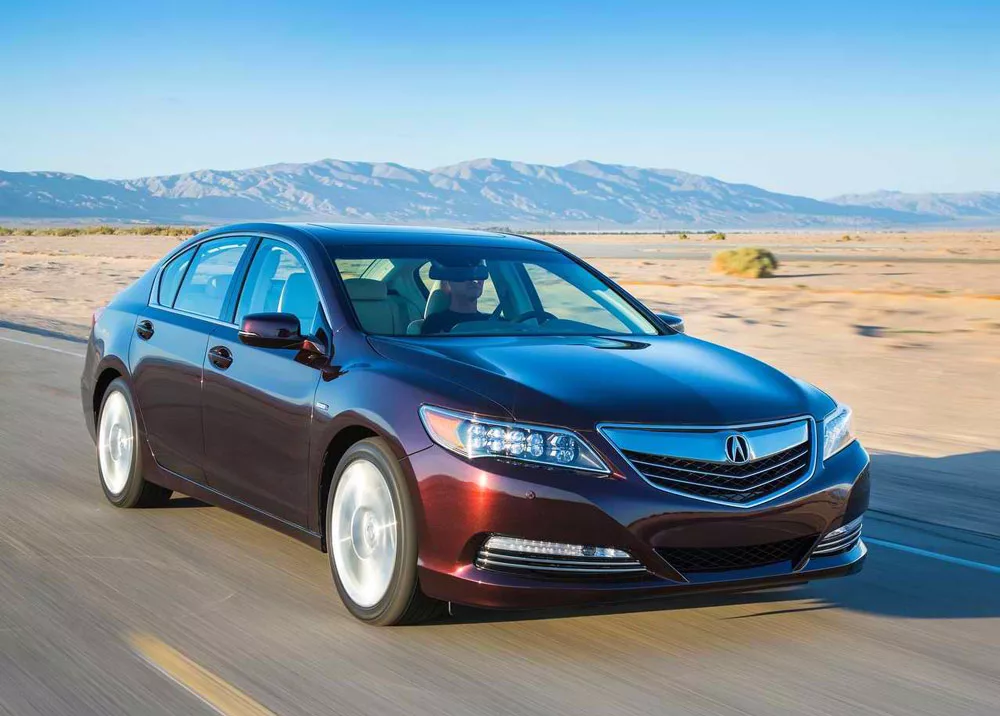
The Acura RLX Sport Hybrid, produced from 2014 to 2016, aimed to offer luxury and efficiency without compromise. However, steering instability, suspension rattles, and infotainment malfunctions undermined its reputation for reliability and sophistication. From battery reliability concerns to complaints about wheels and hubs problems, potential buyers were advised to weigh reported issues against the vehicle’s purported benefits.
Nissan Pathfinder Hybrid (2014-2015)

The Nissan Pathfinder Hybrid, available from 2014 to 2015, promised versatility and fuel efficiency in a rugged SUV package. However, transmission failures, electrical malfunctions, and fuel system issues tarnished its reputation for reliability. From shuddering transmissions to electrical system failures, potential buyers were cautioned to evaluate reported problems against intended usage and long-term reliability.
Volkswagen Jetta Hybrid (2013-2016)

The Volkswagen Jetta Hybrid, spanning model years 2013 to 2016, aimed to deliver performance and efficiency in a compact sedan. However, powertrain failures, engine malfunctions, and infotainment glitches undermined its appeal among consumers seeking reliability and peace of mind. From transmission irregularities to electrical system malfunctions, prospective buyers were advised to conduct thorough assessments before investing in this model.
Hybrid vehicles offer an enticing blend of environmental benefits and fuel savings, but prospective buyers must navigate a landscape fraught with potential pitfalls. The ten models discussed in this guide underscore the importance of thorough research, mechanical inspections, and test drives before finalizing a purchase. By carefully evaluating reported issues alongside performance and design considerations, consumers can make informed decisions aligned with their priorities and expectations for hybrid vehicle ownership.